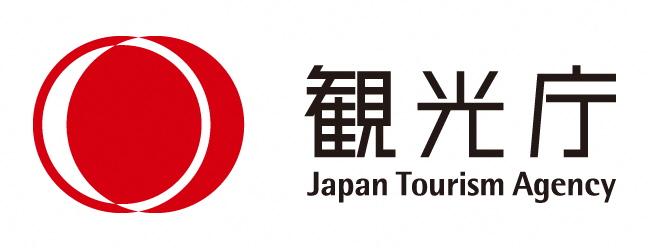NO 028
Overview of the Carvings
歓喜院聖天堂の彫刻概要
(251-500 words web)
The construction of the Shodendo main hall, including the crafting of its carvings, took around 25 years and was funded by the local community. The lavish, vividly colored carvings that adorn the main hall depict popular Buddhist allegories and motifs and include aspects of classical Chinese culture as well as auspicious symbols. The imagery is bright and joyous, and the level of detail is a testament to the skill of the master carvers.
The carvings are often compared with those decorating Nikko Toshogu Shrine in Tochigi Prefecture, a mausoleum that was completed over 100 years earlier. Some of the craftsmen who worked on the Shodendo also worked on the restoration of Nikko Toshogu Shrine.
Allegories and popular stories
Large panels on the back and sides of the main hall depict the Seven Gods of Fortune (shichifukujin). Below these panels, scenes of children at play add a humorous touch. These scenes are watched over by 12 monkeys, each with a distinct expression. High up under the eaves, carvings depict classical Chinese stories.
Natural beauty and mythical beasts
The depictions of plants and animals on the Shodendo are remarkably lifelike, showing keen observation of the natural world. There are more whimsical impressions of mythical beasts that reflect popular folk beliefs in the eighteenth century. The detail is so elaborate that repeat visitors discover something new each time.
Under the eaves, the rafter tails and corner corbels feature dynamic heads of real and mythical beasts that are thought to ward off evil spirits. These include dragons, Chinese phoenixes, lions, elephants, and black, elephant-like creatures called baku, which are said to devour nightmares.
A legacy of decorative art
The carvings are the work of Ishihara Ginpachiro (dates unknown), and his apprentices. The Shodendo is three halls connected under a single roof: a hall of worship (haiden) at the front, an inner sanctuary (okuden) at the back, and an intermediate hall (chuden) in between. The inner sanctuary was constructed first and features the most elaborate carvings. The decoration becomes sparser toward the front hall, which may indicate that funds began to run out towards the end of the project.
Overview of the Carvings
歓喜院聖天堂の彫刻概要
(251-500 words web)
彫刻の施行を含む本殿、聖天堂の建設には25年が費やされ、その資金は地元の人々からの寄付金で賄われました。本殿を飾る豪華で鮮やかな色彩の彫刻には、有名な仏教寓話やモチーフが描かれており、古典的な中国文化の側面や縁起の良いシンボルが含まれています。その画は明るく喜びにあふれ、彫刻技師の細部にまでわたる技術の高さを表しています。
ここで見られる彫刻は、100年ほど先に完成した霊廟、栃木県の日光東照宮とよく比較されます。聖天堂の彫刻に携わった技師の一部は、日光東照宮の修復作業にも携わっています。
寓話と有名な物語
本殿の奥と両脇の大きな彫刻には、七福神が描かれています。その下には、遊ぶ子供たちの様子が描かれており、ユーモアのある雰囲気が加えられています。その様子を、それぞれ異なる表情の12匹の猿たちが見守ります。高い位置にある軒下の彫刻では、中国の古典物語が描かれています。
自然の美しさと神話の野獣
聖天堂で描かれている動植物たちはまるで生きているかのようで、自然界をよく観察していたことが伺えます。18世紀に一般的だった民俗信仰が反映された神話上の野獣が、一風変わって面白く表現されています。細部が実に精巧で、何度も繰り返し訪れてみると、毎回、何か新たに気づく部分があります。
軒下の垂木底部や受け材角部には、邪鬼を追い返すと考えられている実在あるいは神話上の野獣の躍動感あふれる頭が突き出しています。竜、鳳凰、獅子、象、それに、悪夢を食うと言われている獏(ばく)と呼ばれる黒い象のような生き物が、ここには描かれています。
装飾美術の遺産
彫刻作業は、石原吟八郎(生没年不詳)とその弟子たちによるものです。聖天堂は、前方にある拝殿と後方にある奥殿に加え、その間にある中殿の3殿が1つの屋根で繋がっています。奥殿が最初に建立され、もっともはなやかな彫刻が施されているのもこの建物になります。前方にある拝殿へ向かって装飾は次第に希薄になっており、建設晩年に資金が底をついてきた状況が伺えます。

- ※この英語解説文は観光庁の地域観光資源の多言語解説整備支援事業で作成しました。






